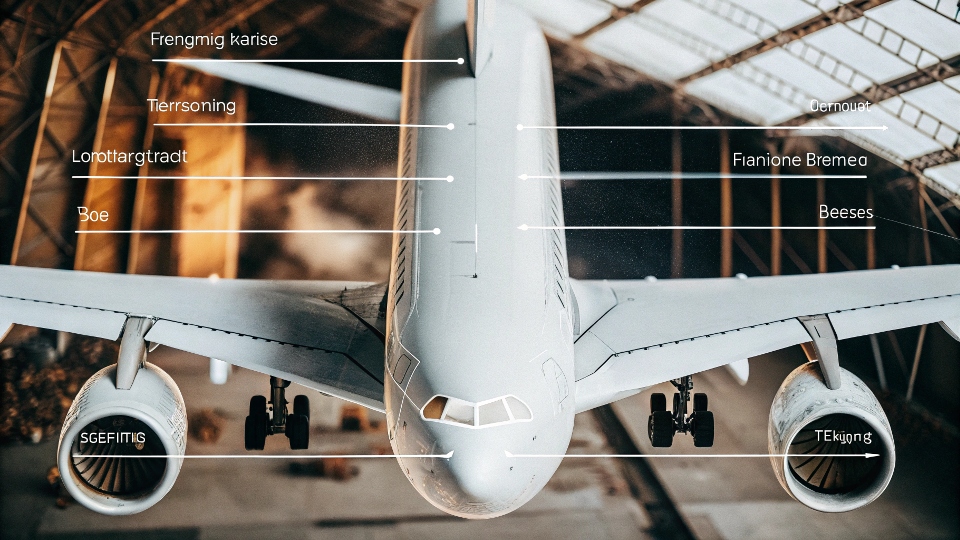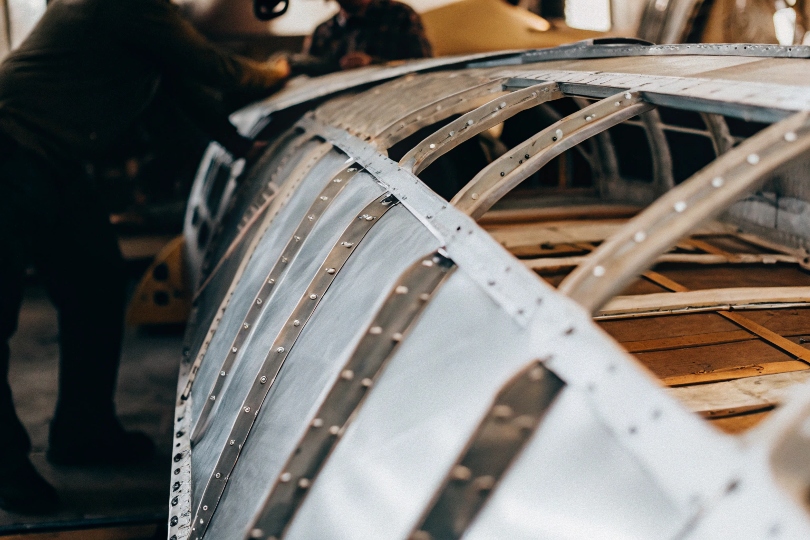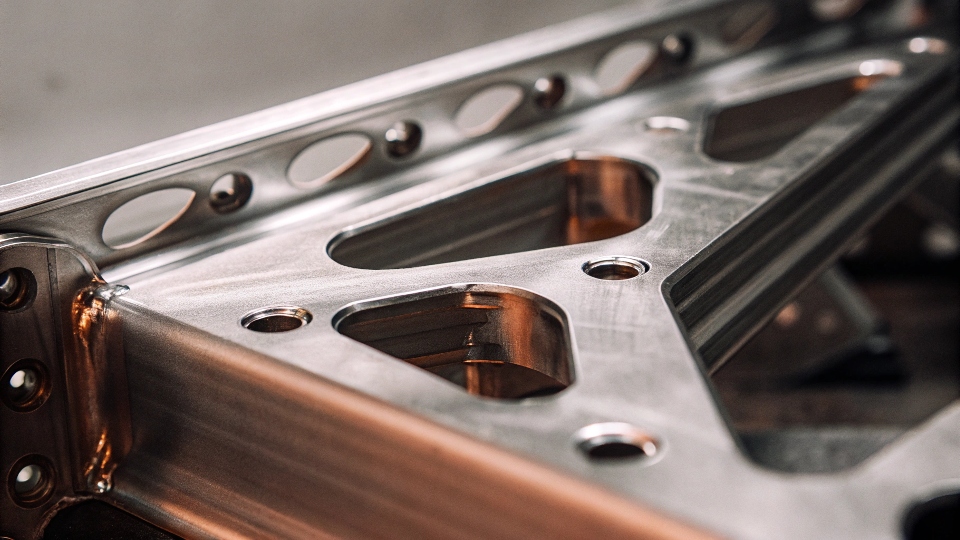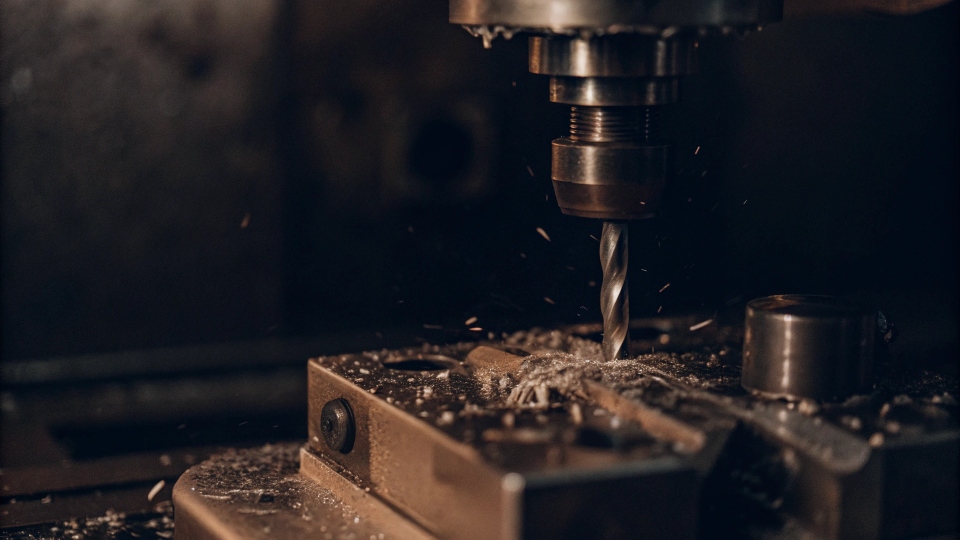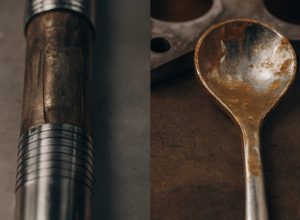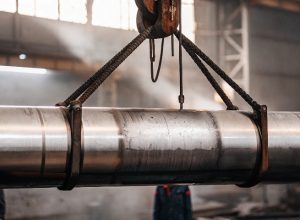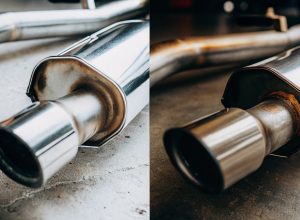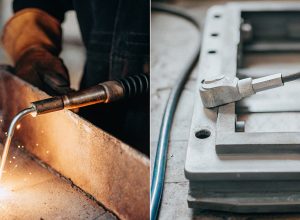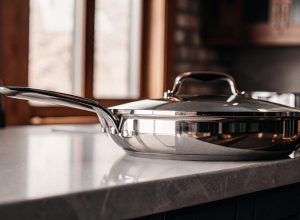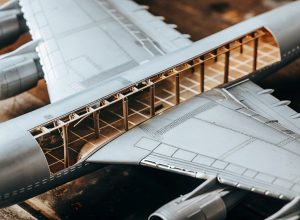¿Le cuesta encontrar materiales ligeros y resistentes para piezas aeroespaciales? Una elección equivocada pone en peligro la seguridad e incrementa los costes. Las placas y chapas de titanio son la solución ideal para los aviones modernos.
Las placas y chapas de titanio son esenciales en el sector aeroespacial por su elevada relación resistencia-peso, su excelente resistencia a la corrosión y su capacidad para soportar temperaturas extremas. Esto mejora eficiencia de combustible1, mejora integridad estructural2y reduce los costes de mantenimiento a largo plazo de componentes aeronáuticos como fuselajes, motores y trenes de aterrizaje.
Llevo años trabajando con jefes de producto como Lisa, y siempre surgen preguntas sobre el papel del titanio. No se trata de una sola propiedad, sino de una combinación de ventajas que lo hacen insustituible. Entender dónde y por qué se utiliza es el primer paso para elegir bien el material. Veamos exactamente cómo este extraordinario metal sirve a la industria.
¿Cómo se utiliza realmente el titanio en la industria aeroespacial?
¿Se pregunta qué lugar ocupa el titanio en un avión? Es algo más que una palabra de moda. Conocer sus funciones específicas en motores y estructuras le ayudará a comprender su verdadero valor.
El titanio se utiliza principalmente en la industria aeroespacial para piezas estructurales críticas, como componentes de fuselajes y alas, piezas de motores de alta temperatura, como álabes y discos, y sistemas esenciales de trenes de aterrizaje. Su solidez y resistencia al calor son vitales para el rendimiento y la seguridad en estas exigentes áreas de un avión.
Según mi experiencia en nuestra planta, suministramos principalmente aleación de grado 5 (Ti-6Al-4V) para clientes del sector aeroespacial. Por algo es el caballo de batalla de la industria. Su equilibrio entre fuerza, bajo peso y resistencia al calor es inigualable. Por ejemplo, hemos producido grandes piezas forjadas para estructuras de fuselajes que forman la columna vertebral de los aviones. Estas piezas deben soportar enormes tensiones durante el vuelo. También suministramos material para componentes de motores, donde las temperaturas pueden dispararse. El titanio no se fatiga ni corroe como otros metales en ese entorno. Recuerdo un proyecto con un cliente europeo para componentes del tren de aterrizaje. Necesitaban un material capaz de absorber grandes fuerzas de impacto sin añadir peso. El titanio era la única opción lógica. He aquí un sencillo desglose de los usos más comunes.
| Componente de avión | Grado común de titanio | Beneficio principal |
|---|---|---|
| Álabes y Discos de Ventilador | Grado 5 (Ti-6Al-4V) | Resistencia a altas temperaturas y a la fatiga |
| Airframe / Fuselaje | 5º curso, 2º curso | Alta relación resistencia-peso, durabilidad |
| Tren de aterrizaje | 5º curso | Alta resistencia, tenacidad al impacto |
| Elementos de fijación (tuercas, pernos) | 5º curso | Ligereza, resistencia a la corrosión |
Esta estructura da una idea clara de por qué los ingenieros la eligen para funciones tan diferentes pero tan críticas.
¿Cuáles son las principales aplicaciones de la chapa metálica en la industria aeroespacial?
¿Cree que los metales aeroespaciales son sólo piezas gruesas y pesadas? No entender el papel de la chapa metálica puede limitar sus opciones de diseño. Es esencial para el revestimiento, los soportes y los sistemas internos de los aviones.
En el sector aeroespacial, la chapa metálica se utiliza principalmente para la piel del avión (fuselaje y alas), las costillas y los largueros que forman la estructura interna. También se utiliza para fabricar soportes, abrazaderas y carcasas para diversos sistemas, proporcionando soporte estructural y manteniendo el peso al mínimo.
Aunque el aluminio es la chapa metálica más común para la piel de los aviones debido a su bajo coste y peso, las chapas de titanio desempeñan un papel crucial y especializado. A menudo recibimos peticiones de chapas de titanio para áreas en las que el aluminio no puede funcionar. Por ejemplo, produjimos un lote de chapas de titanio de grado 5 para un cliente norteamericano, para utilizarlas como cortafuegos entre el motor y el fuselaje. El alto punto de fusión del material es una característica de seguridad fundamental. Otra aplicación clave son los escudos térmicos alrededor de los motores y las unidades de potencia auxiliares (APU). Estas finas láminas protegen los componentes sensibles del calor extremo. También se utiliza en conductos y tubos complejos de sistemas hidráulicos, donde su resistencia a la corrosión evita fallos del sistema. La clave está en utilizarlo estratégicamente allí donde sus ventajas justifiquen el coste. Así se crea una estructura híbrida que es a la vez ligera e increíblemente duradera. No se trata de todo plano de láminas de titanio, sino de utilizarlas donde más importan.
¿Para qué se utilizan específicamente las planchas de titanio?
Más allá de los cortafuegos y los escudos térmicos, ¿qué otros usos clave tienen las planchas de titanio? Limitar su aplicación puede suponer perderse importantes mejoras de rendimiento en áreas menos obvias.
Las planchas de titanio se utilizan para componentes aeroespaciales críticos como intercambiadores de calor, tubos de sistemas hidráulicos, conductos de escape y soportes estructurales complejos. Su combinación única de ligereza, alta resistencia y resistencia superior a la corrosión les permite prolongar la vida útil y reducir el mantenimiento de estos sistemas vitales.
Trabajé estrechamente con la empresa de Lisa cuando necesitaron materiales para nuevos intercambiadores de calor. Utilizaban una aleación de acero inoxidable, pero tenían problemas de corrosión y peso. Recomendamos cambiar a láminas de titanio de grado 2. Este grado no es tan resistente como el grado 5, pero su resistencia a la corrosión es menor. Este grado no es tan fuerte como el grado 5, pero su resistencia a la corrosión es increíble y es más fácil de moldear. El cambio alargó considerablemente la vida útil de sus unidades y redujo su peso. Es una historia muy común. Los ingenieros utilizan distintos grados de titanio para trabajos muy específicos. No es un material que sirva para todo. Esta selección estratégica es clave para optimizar tanto el rendimiento como el coste en toda la aeronave.
Diferenciación de las aplicaciones de las chapas de titanio
| Área de aplicación | Grado(s) más adecuado(s) | Motivo principal de su uso |
|---|---|---|
| Intercambiadores de calor | Grado 2, Grado 12 | Resistencia superior a la corrosión, buena conformabilidad |
| Soportes estructurales | Grado 5 (Ti-6Al-4V) | Máxima relación resistencia/peso para soportar cargas |
| Cortafuegos/escudo térmico | Grado 2, Grado 5 | Alto punto de fusión, estabilidad térmica |
| Tubería del sistema hidráulico | Grado 2, Grado 9 | Excelente resistencia a la corrosión, tolerancia a la presión |
Este enfoque garantiza que las propiedades del material se ajusten directamente a las exigencias del componente, maximizando la eficiencia.
¿Cuáles son las desventajas del titanio en la industria aeroespacial?
¿Es el titanio el material aeroespacial perfecto? Ignorar sus inconvenientes puede acarrear costes sorprendentes y quebraderos de cabeza en la fabricación. Reconocer sus retos es el primer paso para gestionarlos con eficacia.
Las principales desventajas del titanio en el sector aeroespacial son su elevado coste como materia prima, en comparación con el aluminio o el acero, y su dificultad de mecanizado. Requiere herramientas especializadas, refrigerantes y velocidades de corte más lentas, lo que aumenta el tiempo de fabricación y los costes generales de producción de los componentes acabados.
El elevado coste del titanio empieza desde el principio. En Proceso Kroll3 El proceso de extracción del mineral es complejo y consume mucha energía. Esto hace que la materia prima sea intrínsecamente más cara que el acero o el aluminio. Es una realidad que no podemos ignorar. El segundo gran obstáculo es el mecanizado. El titanio tiene una baja conductividad térmica, lo que significa que el calor no se disipa de la herramienta de corte. Esto puede estropear rápidamente herramientas caras. También tiene tendencia a agrietarse o mancharse en la herramienta de corte. Por eso, muchos talleres de mecanizado cobran un sobreprecio significativo por las piezas de titanio. En nuestras instalaciones, nos enfrentamos a este problema. Nuestra propia planta de fundición nos ayuda a controlar los costes de las materias primas y la calidad desde el principio. Además, nuestros ingenieros llevan años optimizando las técnicas de mecanizado. Utilizamos herramientas específicas, configuraciones rígidas de las máquinas y una aplicación precisa del refrigerante para cortar titanio con eficacia. Esta experiencia ayuda a nuestros clientes a gestionar el coste final de los componentes, haciendo del titanio una opción más viable.
Conclusión
La fuerza, ligereza y resistencia al calor del titanio lo hacen vital para la industria aeroespacial. Aunque es costoso y difícil de mecanizar, sus prestaciones en aplicaciones críticas son sencillamente insustituibles para las aeronaves modernas.


